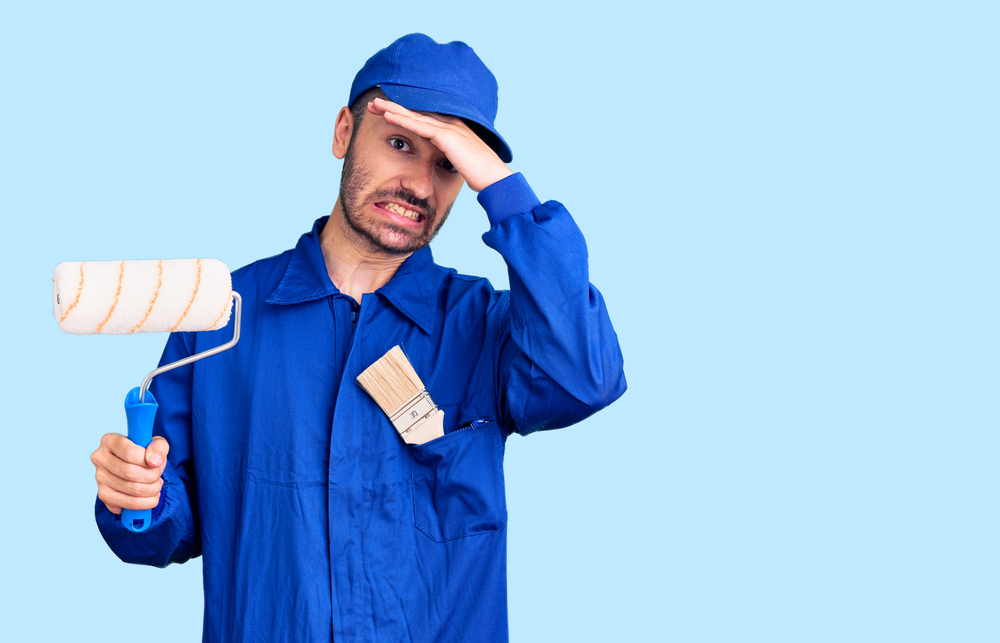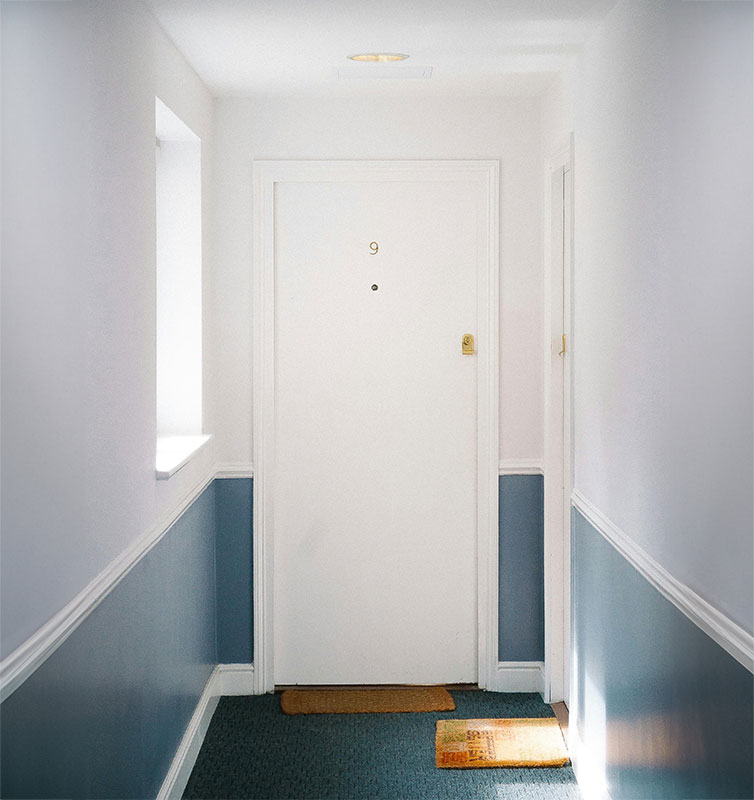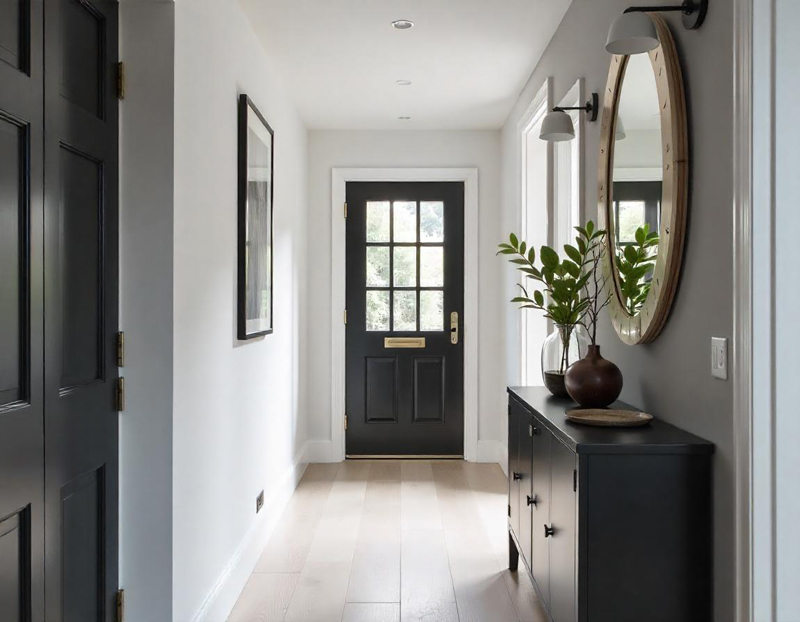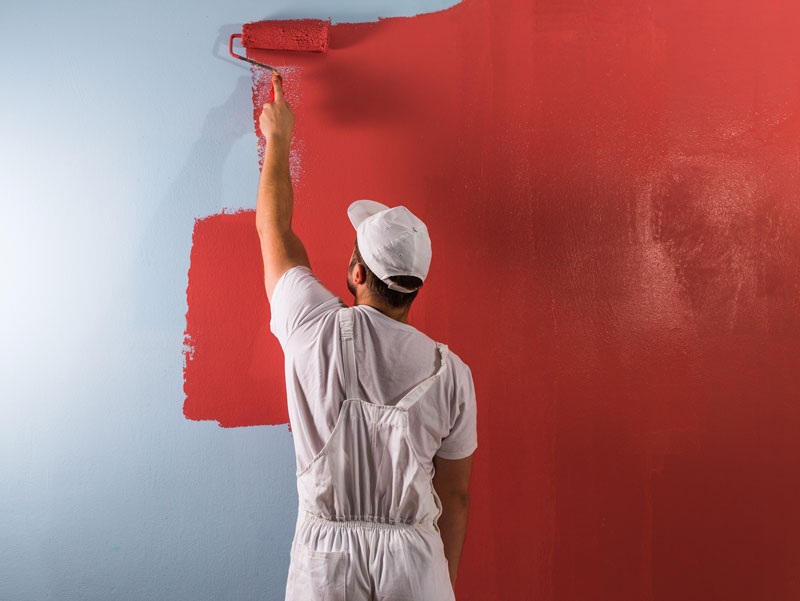Mistakes to avoid: Painting your home can be a brilliant way to refresh your space, add character, and breathe new life into your surroundings. However, what often seems like a simple weekend project can quickly become a nightmare if you fall into common traps. Whether you’re tackling a single room or revamping the entire house, a flawless finish isn’t guaranteed unless you take the right approach. Here, we’ll highlight some frequent errors homeowners make and provide tips on how to avoid them, ensuring your walls look polished and professional.
If you’re not sure where to start or want expert help, MJ Kloss is always here to assist. But for the DIYers, let’s dive into how you can steer clear of common painting mishaps.
1. Skipping Surface Preparation
You wouldn’t build a house on shaky ground, so why paint over a poorly prepared surface? One of the biggest mistakes people make is diving straight into painting without adequately cleaning or prepping the walls. This can result in peeling paint, uneven patches, or worse, the paint just not sticking at all.
How to Avoid It: This is one of the most common mistakes to avoid. Before you even think about opening that tin of paint, make sure your walls are spotless. Wash the walls with a mild detergent, patch up any cracks with filler, and sand down rough areas to create a smooth base. If your walls have seen better days, consider applying a primer to seal any imperfections and create an even surface.
2. Choosing the Wrong Paint for the Job
Not all paint is created equal, yet many homeowners pick the first can they see on the shelf without considering whether it’s fit for purpose. Using the wrong type of paint can lead to discolouration, peeling, or even mould growth in damp areas.
How to Avoid It: Different rooms need different paint. For high-moisture areas like kitchens and bathrooms, opt for a moisture-resistant or satin finish that’s easy to wipe clean. Matt finishes look fantastic in living rooms and bedrooms, but won’t stand up to the splashes of everyday life in busier areas. And if you’re unsure, feel free to contact us for advice on choosing the right paint for your space.
3. Forgetting to Prime
Primer is essential, especially when you’re painting over dark colours, raw plaster, or new drywall. Skipping this step can leave you with streaks or patchy coverage.
How to Avoid It: Always use a primer when the situation calls for it. It helps the paint adhere better and ensures a smooth, even finish. If you’re covering a dark wall with a light colour, primer will stop the old paint from bleeding through, saving you extra coats in the long run.
4. Applying Too Much Paint at Once
It may be tempting to just throw on a thick coat to get the whole business over with quickly, but it all too often results in drips, uneven drying, and leads to an amateurish finish.
How to Avoid It: Apply thin, even coats of paint, and let each one dry completely before applying the next. It may take a little longer, but the end result will be smooth, seamless, and streak-free. Patience is your best friend here.
5. Ignoring Damp or Damaged Walls
Painting over damaged or damp walls is another mistake. Moisture will eventually bubble up through the paint, leaving you back at square one and having wasted time and money as the work will need to be re-done.
How to Avoid It: Address any damp or wall damage before you start painting. This might mean drying out the area with a dehumidifier or treating mould with an anti-fungal solution. If your walls are particularly damp, it’s worth seeking professional advice to identify the root cause. And remember, never paint over mould!
6. Misusing Masking Tape
Many DIY painters either don’t use masking tape or, worse still, remove it at the wrong time, tearing off chunks of fresh paint or leaving jagged edges in the process.
How to Avoid It: Using masking tape is excellent for crisp, clean edges. Be sure to press it down firmly to prevent any paint seepage and remove it when the paint is still slightly damp.
7. Underestimating the Weather
Trying to paint in damp, humid conditions can slow drying times. Conversely, too much heat can cause the paint to dry unevenly or too quickly.
How to Avoid It: Ideally, paint when the temperature is mild and humidity is low. If you have to paint in less-than-ideal conditions, make sure you ventilate your room well and consider using fans to help the drying process along. It may sound clichéd, but check the weather forecast before starting your project.
8. Rushing the Job
It’s tempting to try and get everything done in one weekend, but rushing through a painting job almost always leads to mistakes. Whether it’s skipping drying times or cutting corners, haste makes waste.
How to Avoid It: Plan your project with plenty of time in mind. It might be worth breaking it the work down into stages if you’re painting a large space. Let each coat dry completely before applying the next, and remember to factor in time for preparation and clean-up.
Conclusion: Leave It to the Professionals
While a DIY paint job can be a rewarding project, it’s easy to see how things can quickly go wrong. By learning these common mistakes to avoid, you’ll be well on your way to a flawless finish. But if you want to skip the bother altogether, MJ Kloss offers expert painting and decorating services across London.
Get in touch with us today to find out how we can help.




